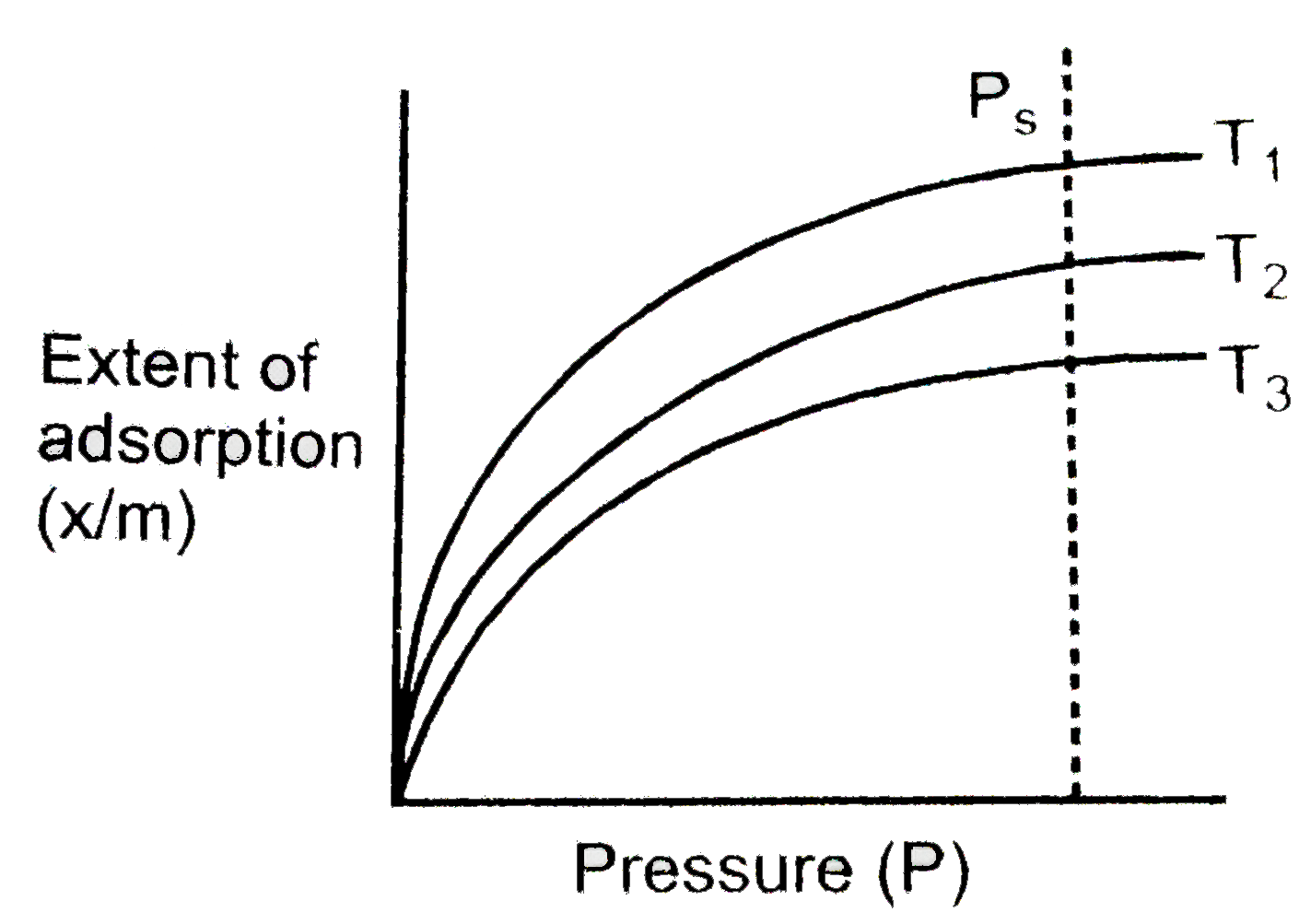The following data pertain to reaction between A and B
S.No[A][B]RatemolL−1molL−1molL−1sec−1I1×10−22×10−22×10−4II2×10−22×10−24×10−4III2×10−24×10−28×10−4
Which of the following interference(s) can be drawn from the above data
(a) Rate constatnt of the reaction 10−4
(b) Rate law of reaction is k[A][B]
(c ) Rate of reaction increases four times on doubling the concentration of both the reactant Select the correct answer codes:
a) a,b and C
b) a and b
c) b and c
d) c aloneSolution in Punjabi
a,b and C
a and b
b and c
c alone
The correct Answer is:C
Step by step video & image solution for The following data pertain to reaction between A and B {:(,"S.No",[A],[B],"Rate"),(,,mol L^(-1),mol L^(-1),mol L^(-1)sec^(-1)),(,I,1xx10^(-2),2xx10^(-2),2xx10^(-4)),(,II,2xx10^(-2),2xx10^(-2),4xx10^(-4)),(,III,2xx10^(-2),4xx10^(-2),8xx10^(-4)):} Which of the following interference(s) can be drawn from the above data (a) Rate constatnt of the reaction 10^(-4) (b) Rate law of reaction is k[A][B] (c ) Rate of reaction increases four times on doubling the concentration of both the reactant Select the correct answer codes: a) a,b and C b) a and b c) b and c d) c alone by Chemistry experts to help you in doubts & scoring excellent marks in Class 12 exams.
Updated on:21/07/2023Topper's Solved these Questions
- CHEMICAL KINETIC & NUCLEAR CHEMISTRYBOOK - NARENDRA AWASTHICHAPTER - CHEMICAL KINETIC & NUCLEAR CHEMISTRYEXERCISE - Level 1 (Q.33 To Q.62)
2 Videos
- CHEMICAL KINETIC & NUCLEAR CHEMISTRYBOOK - NARENDRA AWASTHICHAPTER - CHEMICAL KINETIC & NUCLEAR CHEMISTRYEXERCISE - Level 1 (Q.63 To Q.92)
2 Videos
- CHEMICAL KINETIC & NUCLEAR CHEMISTRYBOOK - NARENDRA AWASTHICHAPTER - CHEMICAL KINETIC & NUCLEAR CHEMISTRYEXERCISE - Level 3 - Subjective Problems
3 Videos
- SURFACE CHEMISTRYBOOK - NARENDRA AWASTHICHAPTER - SURFACE CHEMISTRYEXERCISE - Level -2
1 Video
Similar Questions
column Icolumn IIP.Zero order reaction1.t1/2α1[A]0Q.First order reaction2.t100%=[A]0/kR.second order reactions3.Involves at least two reactantsS.Pseudo unimolecular reaction4.[A]=[A]0e−kt
View SolutionA first order reaction is 50% completed in 20 minutes at 27∘ C and in 5 minutes at 47∘ . The energy of activation of the reaction is :
a) 43.85 KJ/mol
b) 55.14 KJ/mol
c) 11.97 KJ/mol
d) 6.65 KJ/mol
View Solution5A→Product
In above reaction, half-life period is directly proportional to initial concentration of reactant. The initial rate of reaction is 400 moll−1−1min Then the order of reaction is
View Solutionfor the graph below, select correct order of temperture ?

View SolutionFor the reaction A+B hArr C , the rate constants for the forward and the reverse reactions are 4xx10^(2) and 2xx10^(2) respectively. The value of equilibrium constant K for the reaction would be
View SolutionFor the following reaction: 2A + B +C rarr A_(2)B + C The rate law has been determined to be Rate = k[A][B]^(2) with k = 2.0 xx 10^(-6) mol^(-2) L^(2) s^(-1) For this reaction, determine the initial rate of the reaction with [A] = 0.1 mol L^(-1), [B] = 0.2 mol L^(-1), C = 0.8 mo, L^(-1) . Determine the rate after 0.04 mol L^(-1) of A has reacted.
View SolutionThe rate of a reaction increases four-fold when the concentration of reactant is increased 16 times. If the rate of reaction is 4 xx 10^(-6) mol L^(-1) s^(-1) when the concentration of the reactant is 4 xx 10^(-4) mol L^(-1) . The rate constant of the reaction will be
View SolutionThe following data pertain to reaction between A and B {:(,"S.No",[A],[B],"Rate"),(,,mol L^(-1),mol L^(-1),mol L^(-1)sec^(-1)),(,I,1xx10^(-2),2xx10^(-2),2xx10^(-4)),(,II,2xx10^(-2),2xx10^(-2),4xx10^(-4)),(,III,2xx10^(-2),4xx10^(-2),8xx10^(-4)):} Which of the following interference(s) can be drawn from the above data (a) Rate constatnt of the reaction 10^(-4) (b) Rate law of reaction is k[A][B] (c ) Rate of reaction increases four times on doubling the concentration of both the reactant Select the correct answer codes
View SolutionFor a reaction 2SO2+O2<⇒2SO3, rate of disappearance of O2 is 2×10−4 mol L−1. The rate of appearance of SO3 is:
View SolutionFor the reaction A+B→ product
[A]=[B]=1 M the rate of reaction is 2×10−2mol dm−3sec−1 , then the rate of reaction at the time of 90 % of each of the reactants are converted into product is
View SolutionFor the reaction : 2A+B+CtoA_(2)B+C, the rate law has been determined to be Rate =k[A][B]^(2)" with "k=2.0xx10^(-6)" mol"^(-2)L^(2)s^(1) For this reaction determine the initial rate of the reaction with [A]=0.1" mol L"^(-1),[B]=0.2" mol L"^(-1),[C]=0.8" mol L"^(-1). Determine the rate after 0.04" mol L"^(-1) . Determine the rate after 0.04 "mol L"^(-1) of A has reacted.
View SolutionThe rate constant for the reaction A rarr B is 2xx10^(-4)"L mol"^(-1)"min"^(-1) . The concentration of A at which rate of the reaction is ((1)/(20))xx10^(-5)"M sec"^(-1) is :
View SolutionIn order to experimentally determine order, initial rate method can be used Once order is determined integrated rate law can be obtained by using concentration of reactants Based on this information and data given below,
[A] Molarity[B] MolarityRateofReaction[Msec−1]110−2M3×10−3M2×10−222×10−2M3×10−3M4×10−232×10−26×10−3M8×10−2
Answer the question which follow
Reaction: A(g)+B(g)→C(g)
What will be the value of rate constant for the above reaction?
View Solutionअभिक्रिया 2A→B+4C में 10 सेकण्ड में C की सांद्रता 2×10−2molL−1 बढ़ जाती है। C के बनने की दर और A के विलुप्त होने की दर ज्ञात कीजिए ।
View SolutionThe rate equation for the reaction 2A + B rarr products is rate = k[A][B]^(2) . If k at T (K) is 5.0 xx 10^(-6) mol^(-2) L^(2)s^(-1) , the initial rate of the reaction, when [A] = 0.05 mol L^(-1) and [B] = 0.1 mol L^(-1) is
View SolutionThe rate of the reaction x+2yrarr product is 4xx10^(-3) " mol L"^(-1)s^(-1) , if [x] = [y] =0.2 M and rate constant at 400K is 2xx10^(-2)s^(-1) , what is the overall order of the reaction.
View Solution